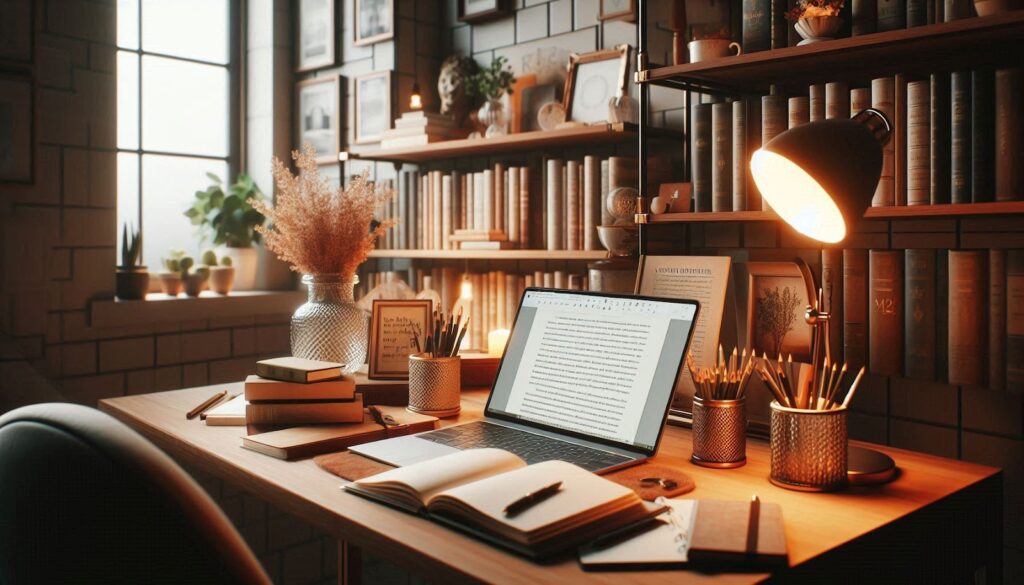
In the heart of the United Arab Emirates, where tradition meets innovation, the modern Abu Dhabi townhouse stands as a testament to architectural storytelling. These residential masterpieces weave tales of cultural heritage while embracing contemporary design principles, creating living spaces that transcend mere functionality. The emirate’s architectural landscape has evolved dramatically over the past decades, transforming from modest desert dwellings into sophisticated urban sanctuaries that command attention and admiration. This transformation reflects not just changing aesthetics, but the very soul of a city in constant dialogue with its past and future.
Desert Symphony: The Melodic Integration of Light and Shadow
The interplay of light and shadow in Abu Dhabi’s townhouse architecture creates a mesmerizing dance throughout the day. Architects meticulously calculate sun angles and seasonal variations to orchestrate natural illumination that enhances living spaces while minimizing heat gain. This sophisticated approach draws inspiration from traditional Arabic mashrabiya screens, reimagining their intricate patterns through modern materials and techniques.
The manipulation of natural light serves multiple purposes beyond mere aesthetics. During the harsh summer months, when temperatures soar above 45°C (113°F), strategically placed windows and light wells create cooling air currents while maintaining optimal brightness levels. This architectural choreography reduces energy consumption by up to 30% compared to conventional designs.
These thoughtful design elements extend to the exterior facades, where contemporary interpretations of traditional geometric patterns create ever-changing shadows that dance across walls and courtyards. The result is a living canvas that transforms throughout the day, telling different stories as the sun traverses the desert sky.
Each townhouse becomes a unique instrument in this desert symphony, with carefully positioned openings and screens that capture and direct breezes, creating natural ventilation patterns that have been perfected over generations. The modern interpretation of these time-tested principles demonstrates how traditional wisdom can inform contemporary sustainable design.
Vertical Gardens of Eden: Reimagining Desert Landscapes
In defiance of the arid climate, Abu Dhabi’s townhouses incorporate innovative vertical gardens that transform concrete facades into living walls of greenery. These botanical installations serve as natural temperature regulators, reducing ambient temperatures by up to 5°C while creating micro-ecosystems that support local biodiversity.
The selection of plants reflects a deep understanding of local environmental conditions, featuring drought-resistant species that thrive in the desert climate while requiring minimal maintenance. Native varieties like Prosopis cineraria and Salvadora persica are integrated alongside carefully chosen exotic species, creating a harmonious blend that pays homage to the region’s natural heritage.
Advanced irrigation systems, often hidden within the architectural elements, deliver precise amounts of water to each plant, utilizing recycled greywater and smart monitoring systems that adjust based on environmental conditions. This technological integration ensures sustainable water usage while maintaining the lush appearance of these vertical oases.
These green spaces serve as more than mere decorative elements; they become gathering places for residents, offering shade and respite from the desert heat while fostering a sense of community. The careful placement of these gardens creates natural privacy screens between properties while contributing to the overall environmental performance of the buildings.
Chronicles in Stone: The Material Narrative
The materials used in Abu Dhabi’s townhouses tell their own stories of innovation and tradition. Local limestone, quarried from the region’s mountains, is paired with advanced composites that mimic traditional building materials while offering superior performance characteristics. These hybrid solutions maintain the visual connection to regional architecture while embracing modern construction techniques.
Thermal mass principles are cleverly employed through the strategic use of materials, with thick walls incorporating phase-change materials that absorb excess heat during the day and release it during cooler night hours. This passive temperature regulation system draws inspiration from traditional desert architecture while utilizing cutting-edge technology.
The exterior finishes of these townhouses showcase a sophisticated understanding of material weathering in desert conditions. Special coatings developed specifically for the Gulf region’s climate protect against sand erosion while maintaining the aesthetic integrity of the surfaces. These protective layers are designed to age gracefully, developing a patina that adds character without compromising structural integrity.
Advanced acoustic engineering ensures that the materials used create peaceful interior environments despite the urban setting. Sound-dampening technologies are integrated into wall assemblies and window systems, creating sanctuaries of tranquility within the bustling city.
Spatial Poetry: The Choreography of Movement and Rest
The internal layout of Abu Dhabi townhouses reflects a deep understanding of human movement patterns and social interactions. Spaces flow seamlessly from public to private realms, with transitional areas that serve as buffer zones between different activities. This careful orchestration of space creates homes that feel both intimate and expansive.
Ceiling heights vary throughout the properties, with double-height spaces strategically placed to create dramatic visual impacts while facilitating natural ventilation. These vertical expanses are often accompanied by carefully positioned windows that frame specific views of the sky or cityscape, creating moments of contemplation within the daily routine.
The integration of traditional majlis spaces with contemporary open-plan living areas demonstrates how cultural heritage can be preserved while adapting to modern lifestyles. These gathering spaces maintain their ceremonial importance while offering flexibility for different uses throughout the day.
Designers pay particular attention to the placement of stairs and corridors, transforming these transitional spaces into architectural features that contribute to the overall narrative of the home. Subtle changes in materials and lighting guide residents through the space while creating distinct atmospheric zones.

Digital Threads: Smart Integration in Traditional Spaces
Modern Abu Dhabi townhouses seamlessly integrate smart home technologies without compromising their architectural integrity. Advanced building management systems monitor and adjust environmental conditions while remaining invisible to residents, preserving the serene atmosphere of these sophisticated homes.
Custom-developed software platforms allow residents to control everything from lighting ambiance to security systems through intuitive interfaces that respect the visual language of the architecture. These systems are designed to learn from usage patterns, anticipating needs while optimizing energy consumption.
The integration of technology extends to the building envelope itself, with smart glass windows that automatically adjust their tint based on solar exposure and interior comfort requirements. This dynamic response to environmental conditions maintains optimal indoor temperatures while preserving views and natural light.
Sophisticated water management systems monitor usage patterns and detect potential leaks, while smart irrigation controls ensure that vertical gardens and landscaping receive precisely the right amount of water at optimal times. These systems contribute to overall sustainability goals while maintaining the lush appearance of the properties.
Twilight Tales: The Architecture of Light
As day transitions to night, Abu Dhabi townhouses transform through carefully choreographed lighting schemes that highlight architectural features while creating intimate atmospheres. Lighting designers work closely with architects to develop solutions that enhance the building’s narrative while respecting the desert’s dark sky heritage.
Advanced LED systems with tunable white light allow residents to adjust color temperatures throughout the day, supporting natural circadian rhythms while creating appropriate atmospheres for different activities. These systems are programmed to respond to seasonal changes in natural light, maintaining optimal illumination levels throughout the year.
Exterior lighting schemes are designed to minimize light pollution while creating dramatic nighttime presentations that complement the architecture. Special attention is paid to the interplay between artificial light and architectural elements, creating dynamic shadows that add depth and interest to facades after dark.
The integration of traditional lantern-inspired fixtures with modern lighting technology creates a bridge between past and present, while smart controls allow residents to adjust lighting scenes to suit different occasions and moods. These lighting solutions contribute to the overall energy efficiency of the properties while enhancing their aesthetic appeal.
The experience of living in an Abu Dhabi townhouse transcends mere shelter, becoming a journey through thoughtfully crafted spaces that tell stories of cultural heritage, technological innovation, and environmental responsibility. These homes stand as testimony to the evolution of desert architecture, where every detail contributes to a larger narrative of sustainable luxury in harmony with its surroundings.